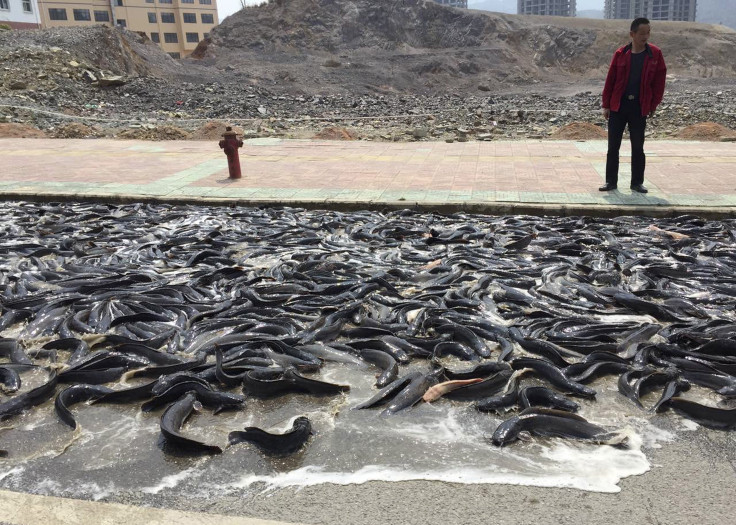Australian catfish found living on hopping mice, altering diets due to changing weather patterns

Researchers have found that large catfish are eating mice in a desert river in Western Australia's Pilbara region. Murdoch University researchers were surprised to find native spinifex hopping mice at varying stages of digestion in eight of the 18 lesser salmon catfish caught in the Ashburton River. Moreover, two of the fish had remains of rodents in their stomach.
Until now it was thought that the lesser salmon catfish ate only plants, crustaceans and insects. However, the research carried out by Erin Kelly from the Centre of Fish and Fisheries Research at Murdoch revealed that the catfish were altering their diets and was eating what was available.
This is mainly because of dryland rivers experiencing extreme cycles of drought and flooding. The study showed that the catfish are gaining opportunistic access to the mice.
“The catfish may be altering their diets according to what’s available. This mouse species has been reported to construct deep burrow systems in the sand of riverbanks. If a burrow of mice is flooded and collapses into the river, the catfish are likely to be taking advantage,” Kelly said in a statement.
She added that this is first report of Australian catfish consuming terrestrial mammals. Learning this is crucial in understanding river ecosystems in changing climates. The study has been published in the Journal of Arid Environments.
Both spinifex hopping mouse and Australian catfish are nocturnal and it is possible that the catfish are effectively using riverbanks to their advantage for hunting the rodents. The spinifex hopping mouse are widely distributed over central and western Australian arid zones and lesser salmon catfish are found in northern Australia.
“A greater understanding of the way these ecosystems function will assist in the management and conservation of these habitats. This is of increasing importance as Australia's climate warms. Changing weather patterns and the increasing challenge to meet growing water demands is likely to disrupt the flow of many of Australia's rivers, and threaten the unique biodiversity of these ecosystems,” Kelly added.





















